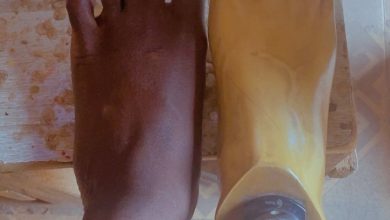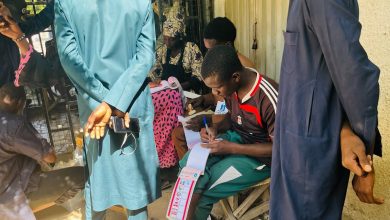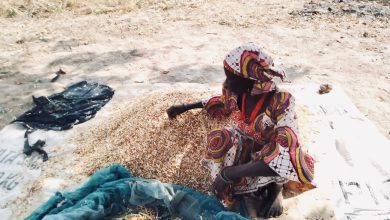Ife-Modakeke: Inside The ‘Unending’ Inter-Communal Crisis In Southwest Nigeria
Multiple sources told HumAngle that Friday’s killings sparked outrage and escalated to the main town, forcing many shop owners to abandon their businesses.
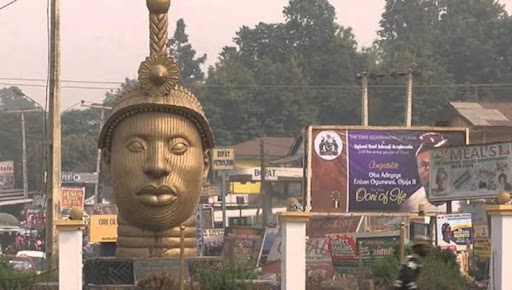
There was pandemonium in Ile-Ife and Modakeke communities of Osun State on Friday Aug. 20, following the lynching of five farmers on their way to the farm.
The farmers were said to be indigenes of Toro Village, Modakeke in Southwest Nigeria. Multiple sources told our reporter that the killings sparked outrage and escalated to the main town, forcing many shop owners in Mayfair, Ede road, and Lagere axis to abandon their businesses.
To ensure safety of students and staff, the management of Obafemi Awolowo University (OAU) also shut the school gate for hours.
A community leader in Modakeke, who spoke to HumAngle under the condition of anonymity because of fear said “there was mayhem on Friday after five indigenes of Modakeke were killed along Toro road while heading to their farm. The incident got Modakeke youths angry and they attempted a reprisal.”
Our reporter gathered that the bodies of the deceased were taken to the morgue at Obafemi Awolowo University Teaching Hospital.

A resident of Ile-Ife, Gbenga Idio, expressed concern over the ‘unending crisis’ between his community and Modakeke. He said “we ought to have gone past this. Anytime Modakeke residents get attacked, they storm the town causing mayhem. This has also been the case with Ile-Ife people. This should not be happening. The communities should look for evil perpetrators together rather than the repeated attacks on themselves.”
Sources told our reporter that some Modakeke youths also attempted to attack the palace of Ooni of Ife, Adeyeye Ogunwusi, but they were resisted by Ile-Ife youths at the palace’s entrance.
Police confirm killings
The police in Osun State confirmed the killings in a statement signed by its spokesperson, Yemisi Opalola. She said the commissioner of police, Olawale Olokode, led the Police Response Team and Tactical Unit of the Command to the scene of the incident to restore normalcy.
“The CP appealed to the residents of the area to remain calm as the Command is resolute to get to the root cause(s) of the dastardly act and the perpetrator(s) will be brought to book. He urged residents of the area to avail the Command credible information that will fast track the arrest of the perpetrator(s) of the evil act.”

HumAngle was told that Olokode met with some Ile-Ife and Modakeke chiefs before he left the two communities for Osogbo.
Osun govt speaks
The Osun State government has allayed fears of a possible resurgence of the Ife-Modakeke crisis. The government in a statement by information commissioner, Funke Egbemode, said “it has ordered immediate deployment of armed policemen with support from the army in the trouble areas to forestall possible breakdown of law and order.”
“Mr. Governor personally spoke to the Ooni of Ife, Oba Enitan Adeyeye Ogunwusi and the Ogunsua of Modakeke, Oba Moses Oyediran Oladejo and they both assured him of their commitment to peace by ensuring that the people from both areas also continue to remain peaceful and law abiding.”
“As a government, we are resolved to do everything possible to protect citizens from actual and potential threats. To this end, we have ordered immediate deployment of security operatives to restore law and order.”
“We have also directed security operatives to arrest and prosecute any person found fomenting trouble and to fish out those responsible for the killing of the five farmers.”
‘Unending’ inter-communal crisis
The Ife-Modakeke inter-communal crisis began many years ago. For historians, seven major violent clashes have been recorded between them; 1835-1849, 1882-1909, 1946- 1949, 1981, 1983, 1997-1998, and 2000.
Multiple records revealed the causes as cultural identity, economics and politics related to land ownership, payment of land rent (Isakole), creation of local government and location of its headquarters.
The Ile-Ife community considered the Modakekes as visitors who migrated to the area following the collapse of the Old Oyo empire in the 19th century.
The indigenes of the former were dominating the latter and that was the major underlying factor in the crisis between the two Yoruba groups that has led to the slaughter of thousands of people.
The last major crisis was agitation by the Modakekes for a local government council of their own in the 1990s. The military junta of the late Sani Abacha granted their wish by creating Ife East Local Government out of the former Ife North and Ife Central local governments in 1997.
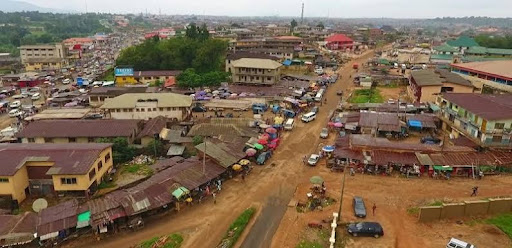
For Ile-Ife indigenes, they wanted the headquarters of the new council in their part of town but Modakeke people objected, saying they demanded the creation of the new local government.
In the long run, the government announced Oke-Ogbo in Ile-Ife as the headquarters. This was after initially indicating that Oke D. O. in Modakeke would be the location.
This was objected to by Modakeke residents who alleged injustice. This led to a full-blown crisis and the killings of hundreds of people from both sides. There were also destruction of hundreds of houses, cars and other properties.
The truce
After years of repeated killings, ex-president Olusegun Obasanjo set up a committee, led by Olabode George, with the support of the state government under the then governor, Bisi Akande, to find a lasting solution to the crisis.
In its recommendation, the committee proposed the recognition of Ife East Area Office as a local administration entity with headquarters at Oke, D.O. in Modakeke, and adding “Ife” as a prefix to Modakeke for the town to become known as Modakeke-Ife.
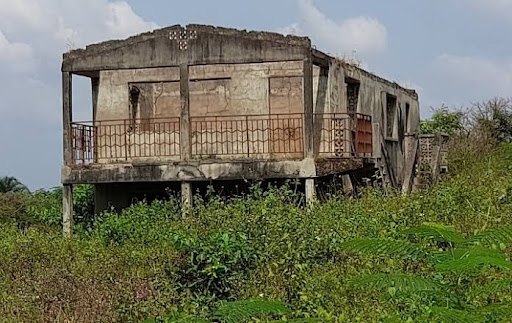
It also recommended the location of a mobile police training school in Ile-Ife and police buffer zones in the flashpoints of the conflicts like Oke Yidi, Odo Okun, Iye Kere, Egbedore, Akrabata, Isale Agbara, and Mayfair/Obande areas.
HumAngle findings revealed that aside from relocating the local administration headquarters, all other recommendations are yet to be made a reality.
Although peace has relatively returned to the two communities, many victims of the violence still live with the trauma. Our reporter also gathered that the crisis seems “unending” as both communities continue to record attacks on their farms, just like it happened on Friday.
But there are separate committees in the two communities working in ensuring peace in order not to allow attacks on farms and boundaries lead to massive deaths and destruction of properties as recorded in the ‘90s.
Support Our Journalism
There are millions of ordinary people affected by conflict in Africa whose stories are missing in the mainstream media. HumAngle is determined to tell those challenging and under-reported stories, hoping that the people impacted by these conflicts will find the safety and security they deserve.
To ensure that we continue to provide public service coverage, we have a small favour to ask you. We want you to be part of our journalistic endeavour by contributing a token to us.
Your donation will further promote a robust, free, and independent media.
Donate HereStay Closer To The Stories That Matter

